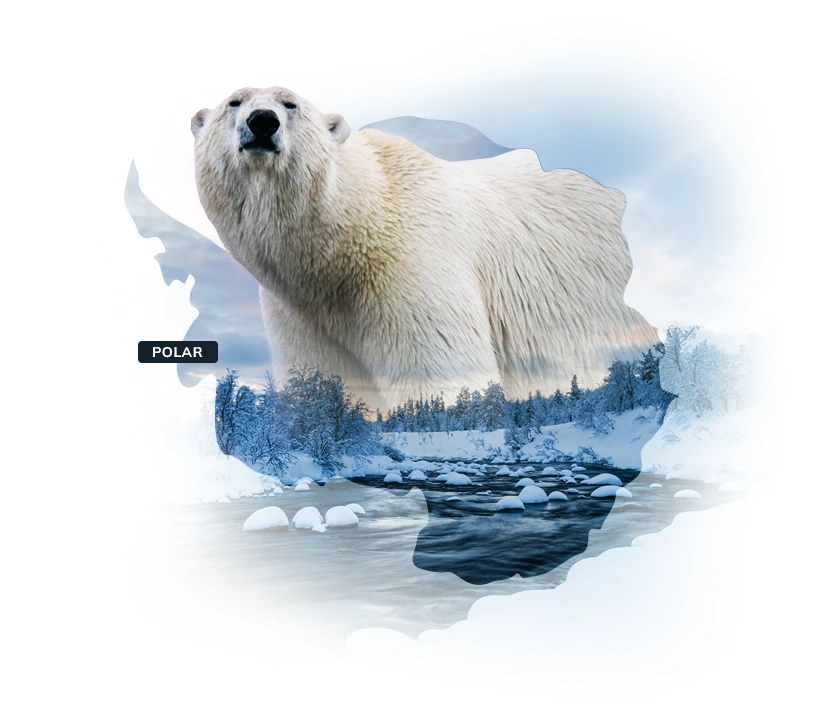The wild southwest Pacific coast, bursting to the brim with wildlife
 The wildlife in Osa Peninsula is outstanding, and we recommend looking out for jaguars
The wildlife in Osa Peninsula is outstanding, and we recommend looking out for jaguars
The intensity of wildlife in the Osa Peninsula in Costa Rica cannot be understated. On the country’s southwest Pacific coast, this miniature outpost packs 2.5% of the world’s biodiversity into just 0.001% of its surface area.
The Osa Peninsula can be characterised by its pristine rainforests tumbling downhill onto secluded wild beaches, and it is home to Costa Rica’s largest mangrove swamp. It is a place of raw beauty, so much so that Nat Geo deemed it “the most biologically intense place on Earth”.
Endangered pumas and jaguars shelter in the sanctuary of ancient trees, scarlet macaws cause a ruckus of noise and colour, and humpback whales return yearly for a deep dive in warm waters. The Osa Peninsula is likewise home to the giant anteater, tapir, and almost all of Costa Rica’s mammal species. Beneath the verdant foliage, is an underworld of reptiles and insects and, in the treetops above, live over 450 bird species.
The Osa Peninsula feels entirely separate from the mainland; from the deepest corner of Corcovado National Park to the sweeping shores of Drake Bay in the northwest. This is one of the most remote destinations in Costa Rica, and 80% of the peninsula is protected land.
Adventure travellers will adore a speedboat ride through miles of tangled mangroves, which is the best way to access Drake Bay. The calm waters are rich in marine life; it’s a haven for anchored yachts and a perfect base for snorkelling trips to Caño Island, where waters are alive with florescent coral beds, mantas, dolphins, and sea turtles. Back on shore, a 17km coastal trail leads to the San Pedrillo entrance of Corcovado.
Arriving on the shores of Corcovado National Park by boat is like transporting yourself back to a time before human existence. Take a brave step into the unknown and explore the trails around Sirena and San Pedrillo ranger stations by foot. With naturalist guidance, spot the camouflaged chaos as the jungle unfolds.
On the toe of the Osa Peninsula’s boot is Cabo Matapalo and Carate. This is where surfers hit empty wave breaks from boho retreats. Carate is the starting point for many hikes into Corcovado, and the rural road is dotted with Costa Rica’s top wilderness lodges, including Lapa Rios, El Remanso, and Luna Lodge. Expert guidance and the enveloping jungle mean it’s one of the best destinations in Costa Rica for seeing monkeys, sloths, and birds.
When to go to the Osa Peninsula
The Osa Peninsula in Costa Rica has its driest months between December and April. The peninsula will be painted verdant green if you go at the beginning of the season. The rainy season in the Osa Peninsula beings in May and can reach early December, with September and October getting the highest rainfall annually. Expect humid temperatures year-round, with particularly dense heat culminating in Corcovado National Park. Dolphins are present in the peninsula year-round, but you will most likely see humpback whales from December to March.
WEATHER CHART:
- Excellent
- Good
- Poor
Need to chat?
Find out more and tailor your perfect trip with the help of our specialist team
Enquire OnlineMore Central & South America travel inspiration from Wayfairer customers and travel specialists
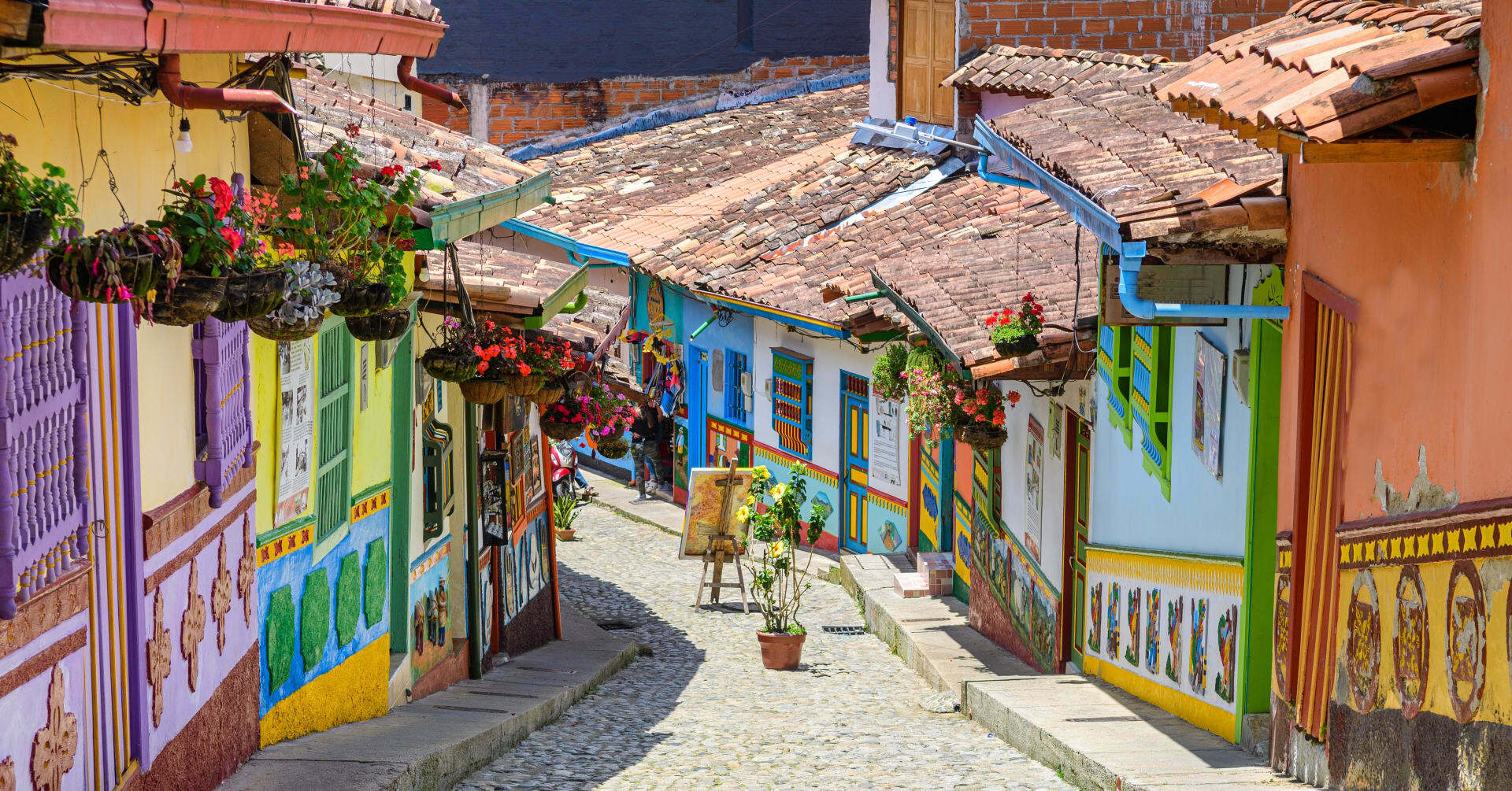
The 6 Best Countries to Visit in South America
January 10, 2025
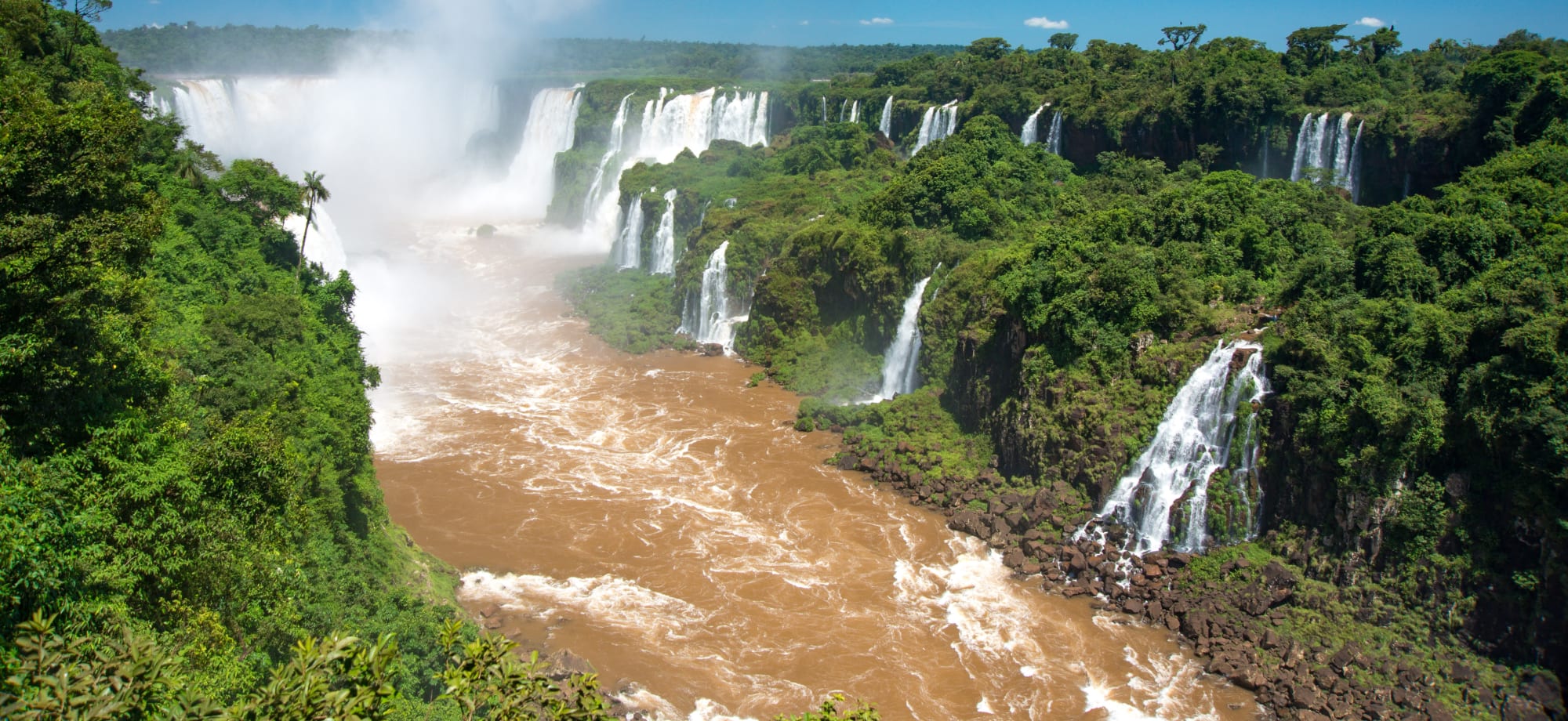
The Complete Guide to the Iguazu Falls in Argentina
April 14, 2023
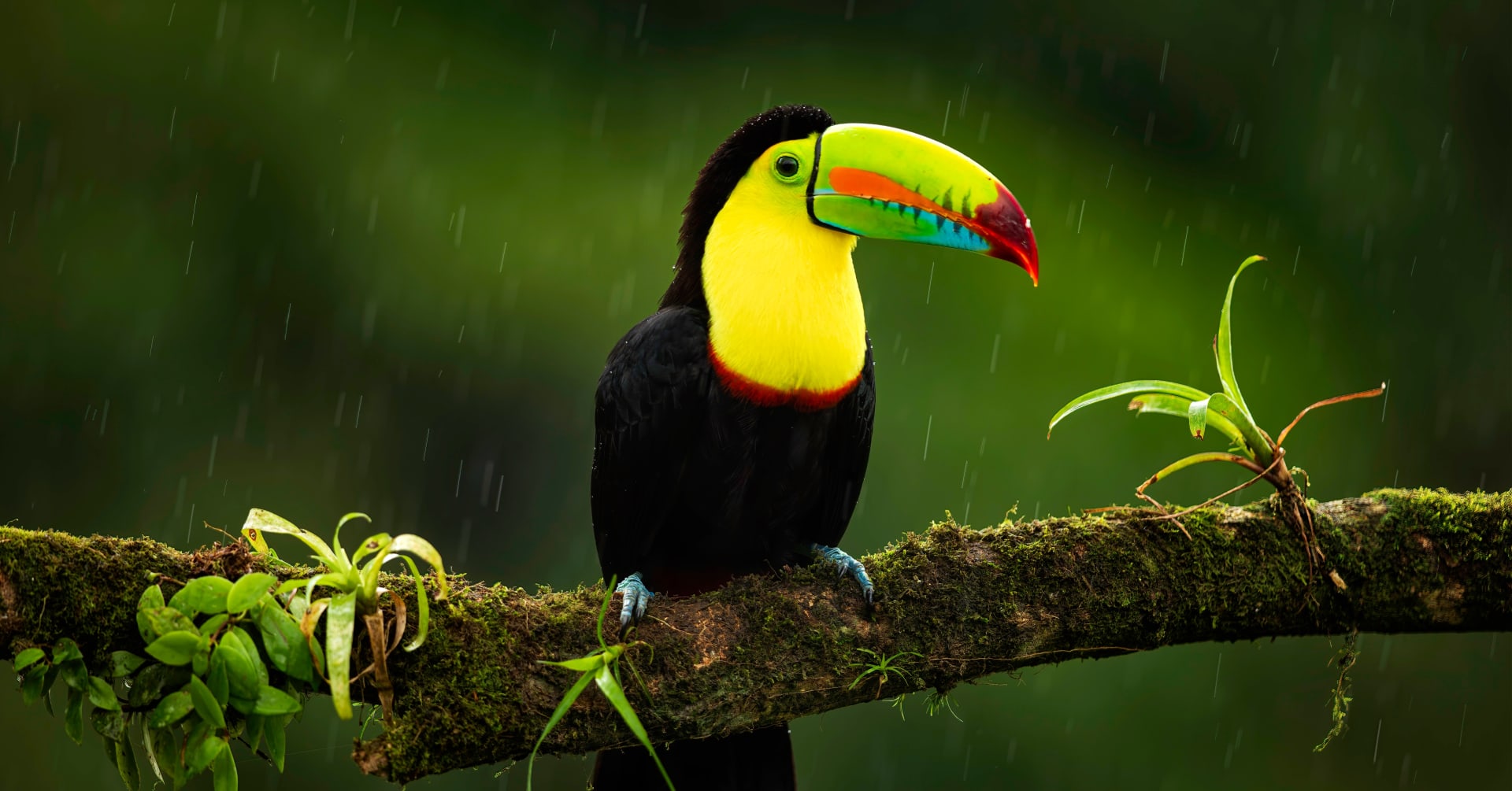
10 of the Best Places to Observe Wildlife in Costa Rica
December 30, 2023
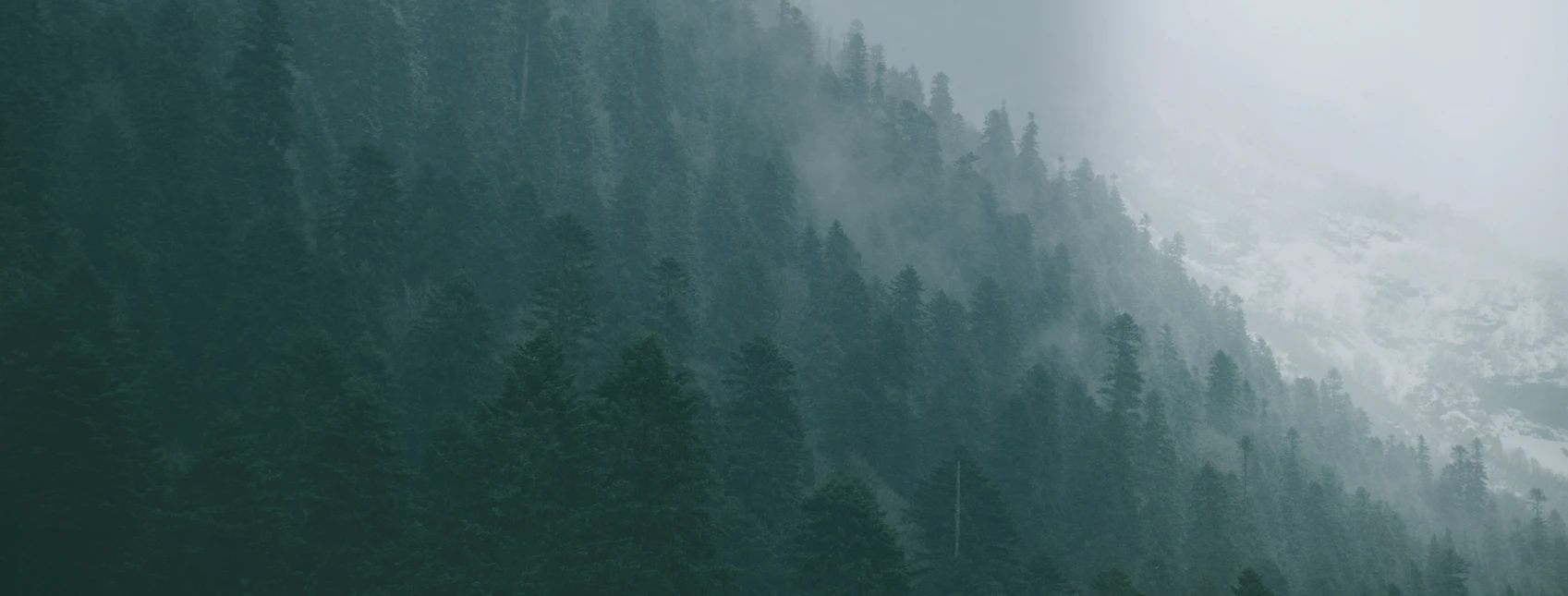
Sign up to our newsletter
For more travel inspiration delivered straight to your inbox just fill in your details here





